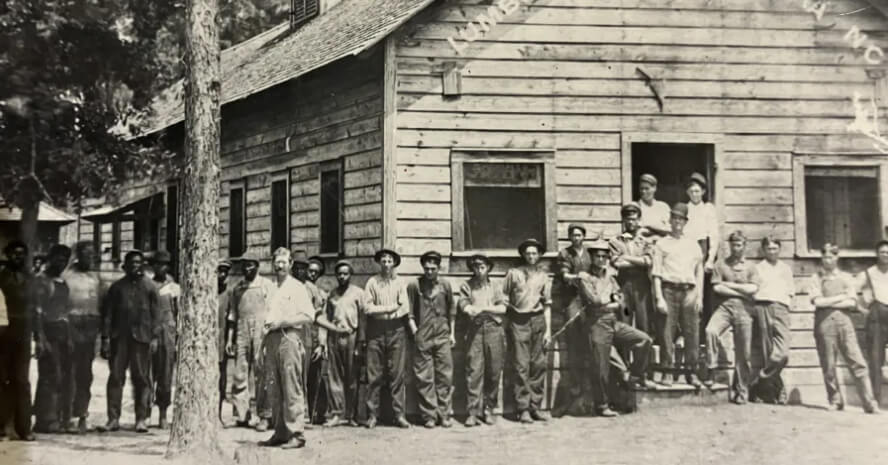If you’ve ever taken a train ride through North Carolina’s rolling hills or watched the sunset over an old railway bridge, you’ve seen the silent remains of a story few still tell—the story of the Italian laborers who laid the steel bones of the state’s railroads. It’s a story filled with hardship, ambition, and mystery. Who were these workers? Why did they come? And what became of them?
David Cecelski’s brilliant article delves deeply into this forgotten history, and I’d encourage you to take the time to give it a full read. Today, we’re sifting through his work and some other historical accounts to focus on a few key moments from this history that still leave us with more questions than answers.
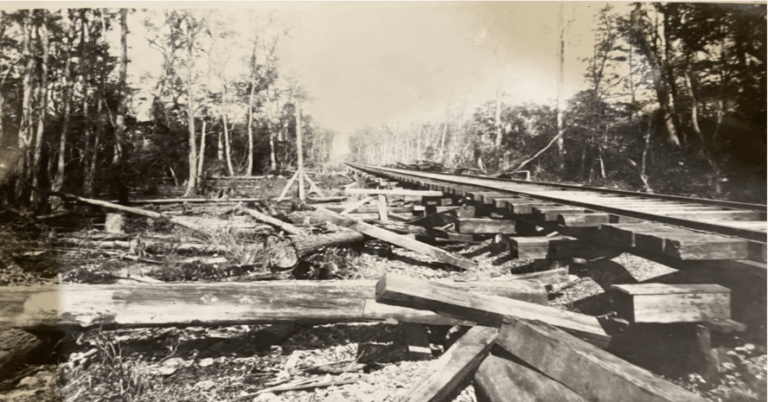
The Italian Workers of North Carolina
The late 19th and early 20th centuries saw a wave of Italian immigrants arriving on U.S. shores, seeking opportunity and escape from poverty back home. Many settled in the industrial North, but a lesser-known group ventured South, drawn by the promise of good wages working on the expanding railway system.
Imagine their first days in North Carolina—hot, humid air clinging to their clothes, the scent of pine and red clay thick in their noses. They were thousands of miles from home, surrounded by a language they barely understood and people who saw them as outsiders. Unlike in cities where Italian communities flourished, here, they were isolated, often housed in makeshift camps along the tracks they built.
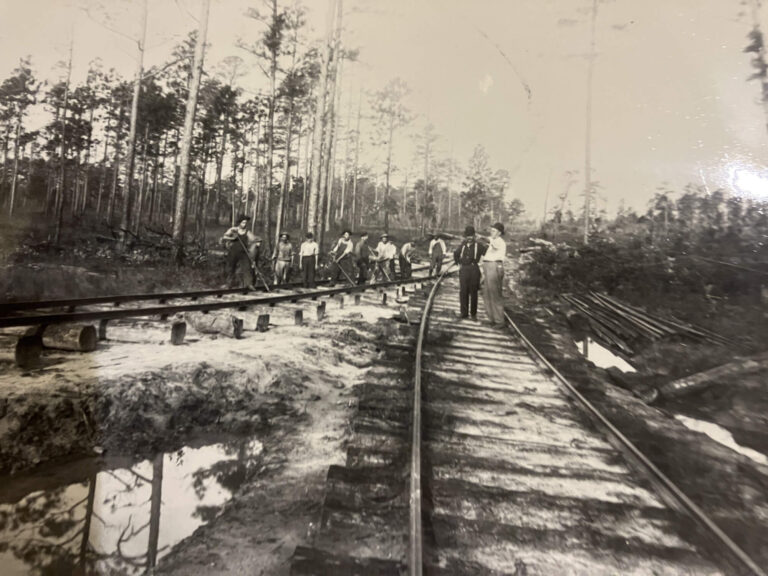
The majority of Italian immigrants in the U.S. hailed from southern Italy or Sicily and often had darker complexions compared to northern Europeans. During that era, Italian immigrants in the southern states frequently encountered discrimination tied to their skin tone. Many white Southerners viewed them as existing in an ambiguous racial position within the South’s racial order—not entirely Black, yet not fully accepted as white either.
Was this to be expected or did it come as a surprise that America did not welcome them with open arms? Did they know they were walking into a life of brutal labor?
Railroad construction in the South was grueling. These men—many young, some barely more than boys—swung pickaxes from dawn to dusk, their hands blistered and backs bent from laying steel rails across North Carolina’s rugged terrain. Imagine laying tracks through alligator and mosquito filled swamplands in the 100F degree summer sun. Food was meager, pay was inconsistent, and accidents were common.

Yet, within this hardship, there were glimmers of resilience. Oral histories suggest that, despite their conditions, the Italian workers held onto their culture—singing old songs, cooking pasta over open fires, and carving out a semblance of home in a place that saw them as temporary and expendable.
One of the more intriguing details? Reports of Italian laborers suddenly disappearing. Some left without a trace, their fates unknown. Others, it’s believed, were driven away by local hostility or fled in search of better opportunities elsewhere.
And they weren’t the only ones.
Vanishing Workers and Forgotten Laborers: Other Tales of Railroad Builders
The Italians were just one group of immigrant laborers who left their mark on America’s railroads—often with little recognition. Their story connects to many others, some just as strange and mysterious.
The Chinese Railroad Workers of the West
While Italians toiled in North Carolina, Chinese laborers faced similar hardships in the western United States. Employed by the Central Pacific Railroad in the 1860s, they blasted through the Sierra Nevada mountains, carving tunnels through solid rock under some of the most dangerous working conditions in railroad history. They were underpaid, overworked, and faced rampant discrimination.
And just like the Italians, some vanished. Stories persist of Chinese labor camps suddenly abandoned, of workers who disappeared into the mountains or migrated elsewhere in search of better treatment. Some say there are unmarked graves hidden beneath the tracks they built, bodies lost to history.
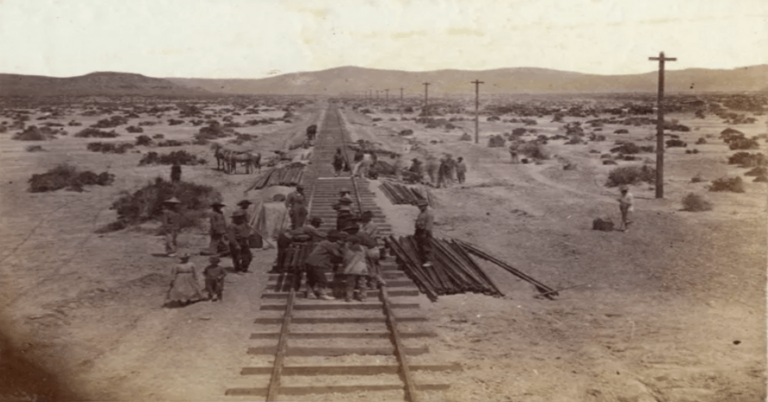
The Irishmen of the Pennsylvania Railroads
Decades before Italians arrived in North Carolina, Irish immigrants laid the foundations for much of America’s rail system. One of the most chilling stories comes from Pennsylvania, where 57 Irish laborers hired to work on the Philadelphia and Columbia Railroad in the 1830s died under mysterious circumstances at a place now called Duffy’s Cut.
For years, their deaths were attributed to a cholera outbreak, but modern excavations tell a different story. Many of the recovered skeletons showed signs of violent trauma, suggesting these men were murdered—possibly by locals who saw them as a threat. Their bodies were hastily buried in unmarked graves, their existence nearly erased.
Could something similar have happened to some of North Carolina’s Italian workers? Did hostility from locals play a role in their disappearances?
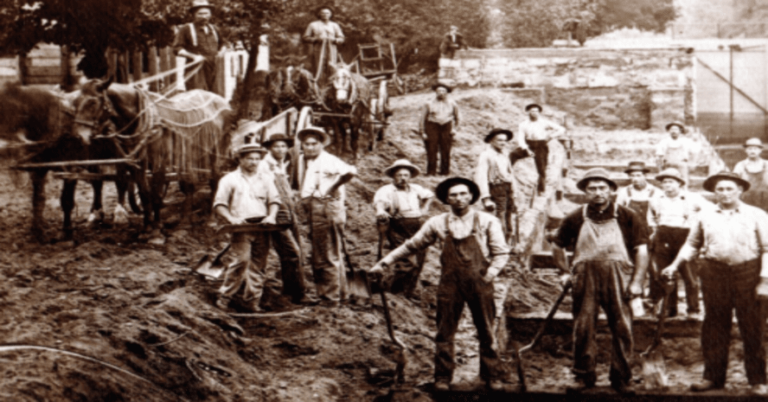
The Legacy Beneath Our Feet
The Italian laborers of North Carolina, the Chinese workers of the West, the Irishmen at Duffy’s Cut—all of them built the foundations of America’s railroads. Yet, their names are largely forgotten, their contributions buried beneath steel rails and shifting soil.
What does it say about history that we remember the railroads but not the men who built them?
Again, Cecelski’s article does a masterful job of illuminating this chapter of history in exquisite detail, and if you’re as intrigued as we are, it’s well worth a read. But even after learning the facts, some questions linger. What happened to the men who disappeared? How many of their stories have been lost to time? And perhaps most hauntingly—what other forgotten hands helped lay the foundations of the world we walk today?

